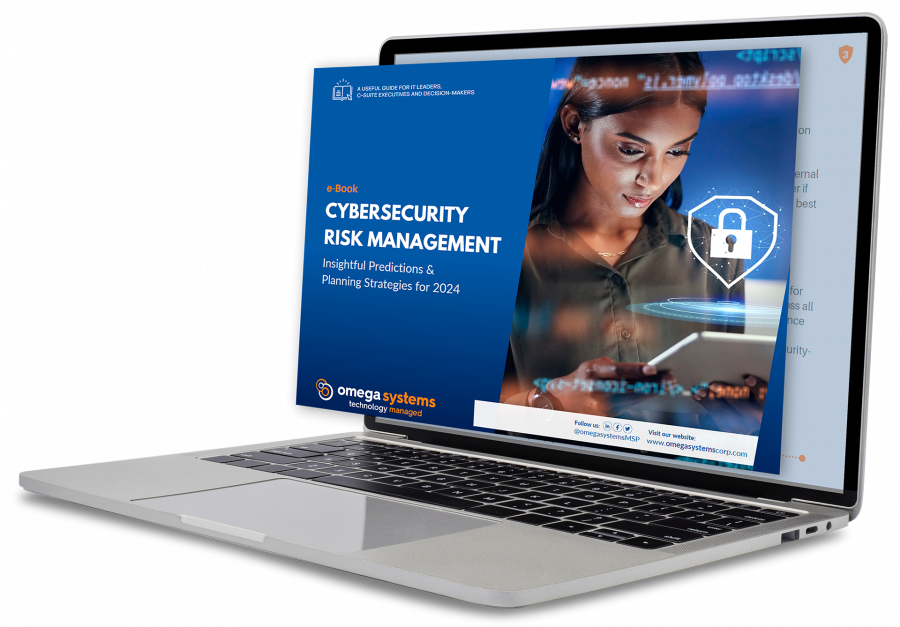
It’s 2021 and technology is necessary to run any and every business. It’s incredible to think about the wide array of industries there are and the different technology required to operate each of them. Regardless of industry, the need for cybersecurity is a constant.
The shipping industry is one that relies heavily on technology. There are so many different moving parts within this industry that must be accounted for. Not only do the vessels used to move materials need to function, but the tools used by the shippers need to function.
Shipping is also a relatively heavily regulated industry that has requirements related to cybersecurity. On-top of that, COVID has shifted things into a more remote state so that’s changed some of the security and technology standards for this industry as well. At the end of the day, with the amount of materials and personal information involved within shipping, the right managed security solutions are absolutely necessary.
Maritime Cyber Risk Management
No matter the industry, when running a business, it’s important to consider the potential impact of a cyberattack. Shipping is a vast industry. Clients and employees alike come in all different shapes and sizes but most people in their lifetime can say they’ve shipped something. Additionally, not only does sensitive information of the client need to be taken into account, but your own needs to be as well.
This is why the International Maritime Organization has guidelines set up solely for cybersecurity. The guidelines provide recommendations on maritime cyber risk management to safeguard shipping from “current and emerging cyber threats and vulnerabilities and include functional elements that support effective cyber risk management.” The guidelines can be implemented into existing risk management processes and go hand-in-hand with security management practices already established by the organization.
Along with those guidelines, in 2017 the Maritime Safety Committee (MSC) adopted a resolution that encouraged administrations to ensure that cyber risks are appropriately addressed in existing safety management systems (as defined in the ISM Code) no later than the first annual verification of the company's Document of Compliance after January 1, 2021.
Most shipping organizations were getting all of their ducks in a row in 2020 to ensure they would comply with IMO regulations. Then COVID hit.
COVID and Shipping
Although cybersecurity was still a priority once COVID hit, business had to shift. Practices that were once frequent and daily became outlawed due to health regulations. Typically, remote tools and software were really only used for IT professionals within the shipping industry. Once COVID came, fewer people on-site meant more people remote.
It’s a beautiful thing that the world we live in has the technology to shift industries as huge as shipping into a remote space but it also leads to more security vulnerabilities. For example, The Danish pump maker DESMI being hit by ransomware with the organization deciding against paying any ransom to make the compromised data available again. To respond to the attack, the organization shut down some of their systems including email, affecting their operations for a number of days.
This was just one of a number of cyberattacks that hit the shipping industry during COVID. Threats like these and regulations from IMO, show the importance of an investment in managed security.
Managed Security
The right managed security plan will protect your business and clients from on-going security threats. During the pandemic there was an on-going cyberthreat involving shipping vessels specifically. These attacks were phishing links designed to compromise vessels and shipping companies.
Security awareness solutions are a great way to protect from this specific kind of attack that targets human nature in particular. These solutions train your team to avoid malicious links by sending fake versions of the same thing. That way your company can spot an attack from a mile away.
You can also centralize your security management through continuous vulnerability management. The right provider will be monitoring your network at all times to stop attacks before they can happen.
With the on-going issue of threat actors, identity should be one of the first things you want to protect. Whether it’s the identity of your team members or your clientele, identity and access management solutions add an extra layer of security to your network.
When it comes to cybersecurity having multiple layers is important. If you’d like more information on what managed security solutions could help protect your business, contact The TNS Group today.
Categories: Managed Service Provider, MSP Blogs




